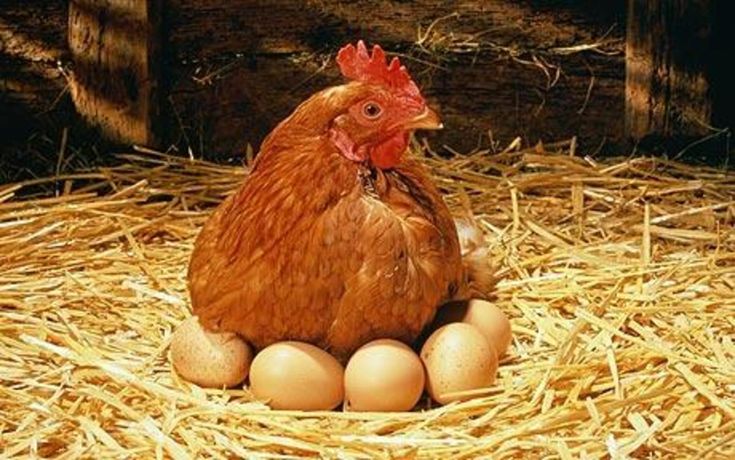Raising chickens can be a delightful experience, especially when your hens go broody and start to hatch chicks. To facilitate this natural process, having proper nesting boxes for broody hens is essential. These boxes provide a safe and comfortable environment for hens to lay and incubate their eggs.
In this guide, we’ll explore everything you need to know about setting up the perfect nesting boxes for broody hens, from the materials needed to the ideal location and maintenance tips.

Understanding Broody Hens
Before diving into the specifics of nesting boxes, it’s important to understand what makes a hen broody. A broody hen is one that has the instinctive desire to incubate eggs and raise chicks. This natural behavior is essential for the continuity of the flock, and providing an appropriate environment can enhance the success rate of hatching.
Signs of a Broody Hen
Recognizing a broody hen is the first step in providing the right care. A broody hen will often sit in her nesting box for extended periods, fluff up her feathers, and may become more vocal. She might also be more protective of her eggs and show aggressive behavior when approached.
Choosing the Right Nesting Boxes
When selecting nesting boxes for broody hens, consider the comfort and safety of the hen and her eggs. The right nesting box can significantly influence the success of hatching.
Size and Dimensions
Nesting boxes should be spacious enough to accommodate a broody hen comfortably. A typical size is about 12x12x12 inches, allowing the hen ample room to move around and adjust her eggs. The box should also have a slightly elevated entrance to prevent eggs from rolling out.
Materials
Using the right materials is crucial for creating a safe nesting environment. Wood is a popular choice due to its durability and insulation properties. It’s also important to ensure that the materials used are non-toxic and safe for the hens. For more creative ideas on materials, visit this external resource.
Location of Nesting Boxes
The location of your nesting boxes plays a significant role in their effectiveness. Ideally, they should be placed in a quiet, secluded area away from the main traffic of the coop. This helps reduce stress for the broody hen and increases the likelihood of successful hatching.
Height and Accessibility
While nesting boxes should be elevated to prevent predators from reaching the eggs, they shouldn’t be too high that the hen struggles to access them. A height of about 18 inches off the ground is typically recommended.
Ventilation and Light
Proper ventilation is essential to maintain a healthy environment within the nesting box. Ensure that there is adequate airflow without exposing the hen to drafts. Natural light can be beneficial, but the nesting area should not be too bright, as hens prefer dimmer conditions when brooding.
Maintaining Nesting Boxes
Regular maintenance of nesting boxes ensures a clean and safe environment for your broody hens. This involves routine cleaning, checking for damages, and ensuring the bedding is fresh and dry.
Cleaning and Hygiene
Hygiene is crucial to prevent the spread of diseases. Regularly clean the nesting boxes by removing old bedding and disinfecting the area. This not only ensures the health of the broody hen but also of the future chicks.
Bedding
Using suitable bedding material is key to comfort and egg safety. Straw, hay, or wood shavings are popular choices. However, organic bedding can be a healthier alternative, offering better insulation and moisture absorption.
Dealing with Common Issues
Even with the best setup, issues can arise. Understanding common problems and their solutions can help maintain a productive environment for your broody hens.
Broken Eggs
Broken eggs can be a common issue, often caused by thin shells or rough handling. To address this, ensure your hens have a balanced diet rich in calcium and provide a soft bedding material. For more tips, check out this guide on avoiding broken eggs.
Egg Pecking
Egg pecking can be problematic, leading to loss of eggs. Providing adequate nutrition and enrichment can reduce this behavior. Learn more about managing egg pecking here.
Predators
Keeping predators away from your nesting boxes is crucial. Secure the coop and ensure there are no gaps or weaknesses where predators can enter. For more tips on protecting your eggs, visit this resource.

FAQ
How do I encourage my hen to use a nesting box?
Place attractive bedding and ensure the nesting box is in a quiet, secluded area. This can encourage the hen to use it for laying and brooding.
What should I do if my hen becomes aggressive?
It’s common for broody hens to become protective. Ensure she feels safe and has adequate space. If aggression persists, consider separating her from the flock. Learn more about this here.
How often should I clean the nesting boxes?
Nesting boxes should be cleaned regularly, at least once a week, to maintain hygiene and prevent diseases.
This article contains affiliate links. We may earn a commission at no extra cost to you.











